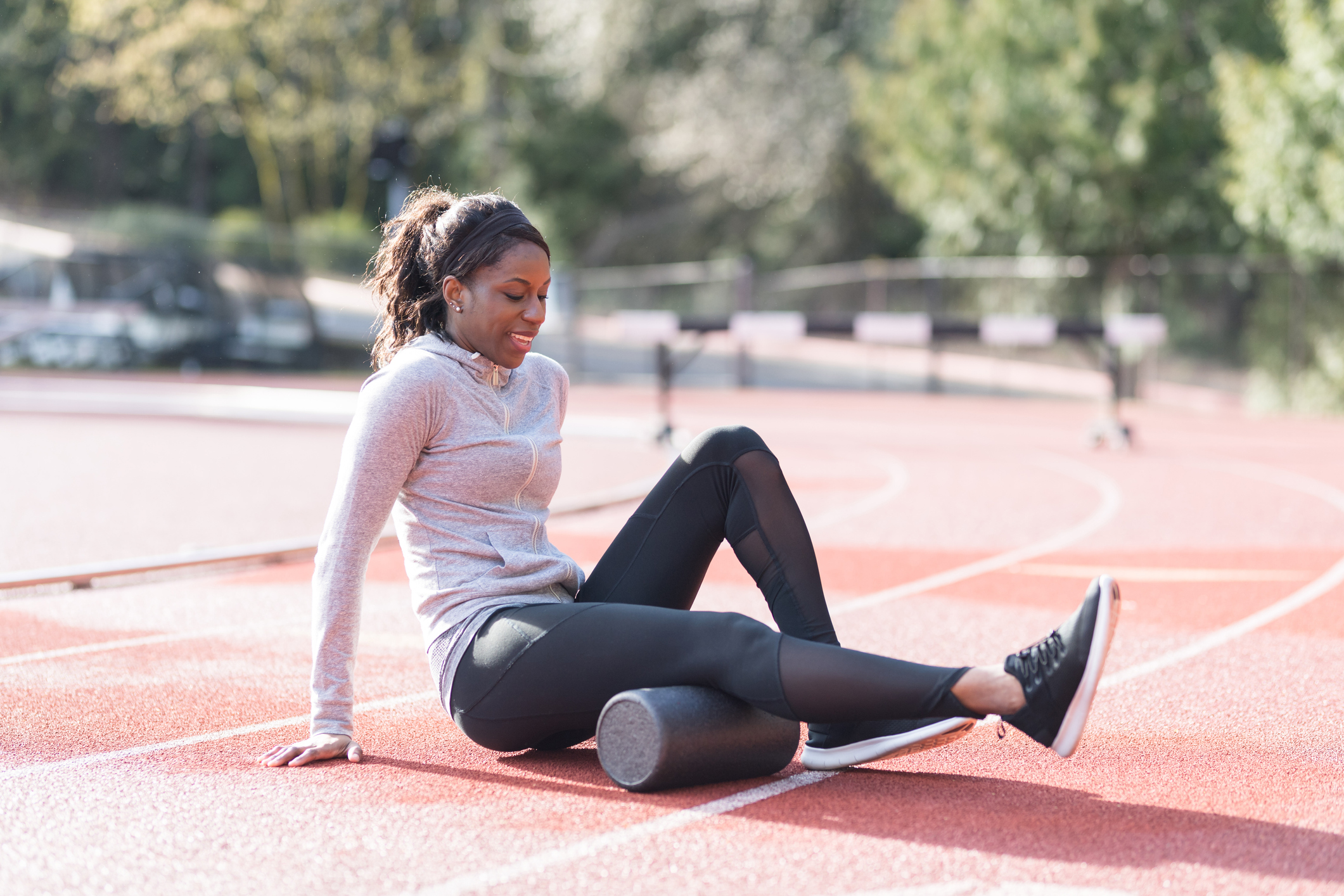Foam rolling is an essential practice in fitness. Foam-rolling routines can affect how your muscles feel and function. Fitness expert Chanoya Jones believes this tool addresses muscle tightness and flexibility. She also notes that it contributes to overall well-being without complex equipment or extensive training.
“Foam rollers can help reduce muscle tension, help with flexibility and prevent injuries,” Jones said. “It can also help with tissue elasticity and circulation.”
The U.S. Air Force airwoman embarked on her fitness journey after getting into the military and currently runs a fitness program in Louisiana. For Jones, foam-roller routines in your workout are necessary steps.
How to Add a Foam Roller Into Your Exercise Routine
Using foam rolling in your pre-workout routine is a strategic move to optimize your exercise session. Foam rolling helps stimulate muscle blood flow. This enhances flexibility and range of motion, preparing your muscles for the physical activity.
“You can improve blood flow and loosen tight areas when targeting specific muscle groups with the foam roller,” she said. “It can be followed up with some dynamic stretches to further prepare the muscles for the remainder of the workout.”
In addition, foam-rolling routines after your workout is key. It helps to promote muscle recovery and reduce stiffness. After a workout, muscles can become tight and fatigued. Foam rolling helps release muscle tension preventing muscle soreness.
Rolling back and forth with the foam roller facilitates the breakdown of knots and tightness. It promotes better circulation and flexibility. Jones shared that post-workout foam rolling allows muscles to recover quicker and maintain an exercise routine, reducing the risk of pain or injury.
Foam-Rolling Routines
Oblique Massage
The oblique massage eases abdominal and back pain. Lie on your side with the foam roller beneath the middle of your torso. Gently roll along the sides of your torso, focusing on the oblique muscles. This technique helps release tension in the abdominal and lower back areas. It offers relief that aids in flexibility in the lateral muscles.
Rhomboid Massage
This massage targets upper back tension and provides a stretch that opens the chest. To perform this technique, lie on your back with the foam roller beneath your upper back. Gently roll from the middle of your back to your shoulders. This routine eases tightness in the upper back, and improves posture and flexibility. Rhomboid massage targets discomfort in the upper back and chest areas.
Chest Opener
The chest opener foam rolling routine eases tension in the upper body, specifically in the chest and shoulders. Lie on your back with the foam roller horizontally beneath your upper back. Gently roll the foam roller from the middle of your back to the shoulders, placing emphasis on the chest area. It provides a soothing massage to the rhomboid muscles and stretches them. It opens up the chest, making it an effective routine for those experiencing upper back pain, pec tightness or shoulder discomfort. Chest openers enhance flexibility and relief in the upper body.
